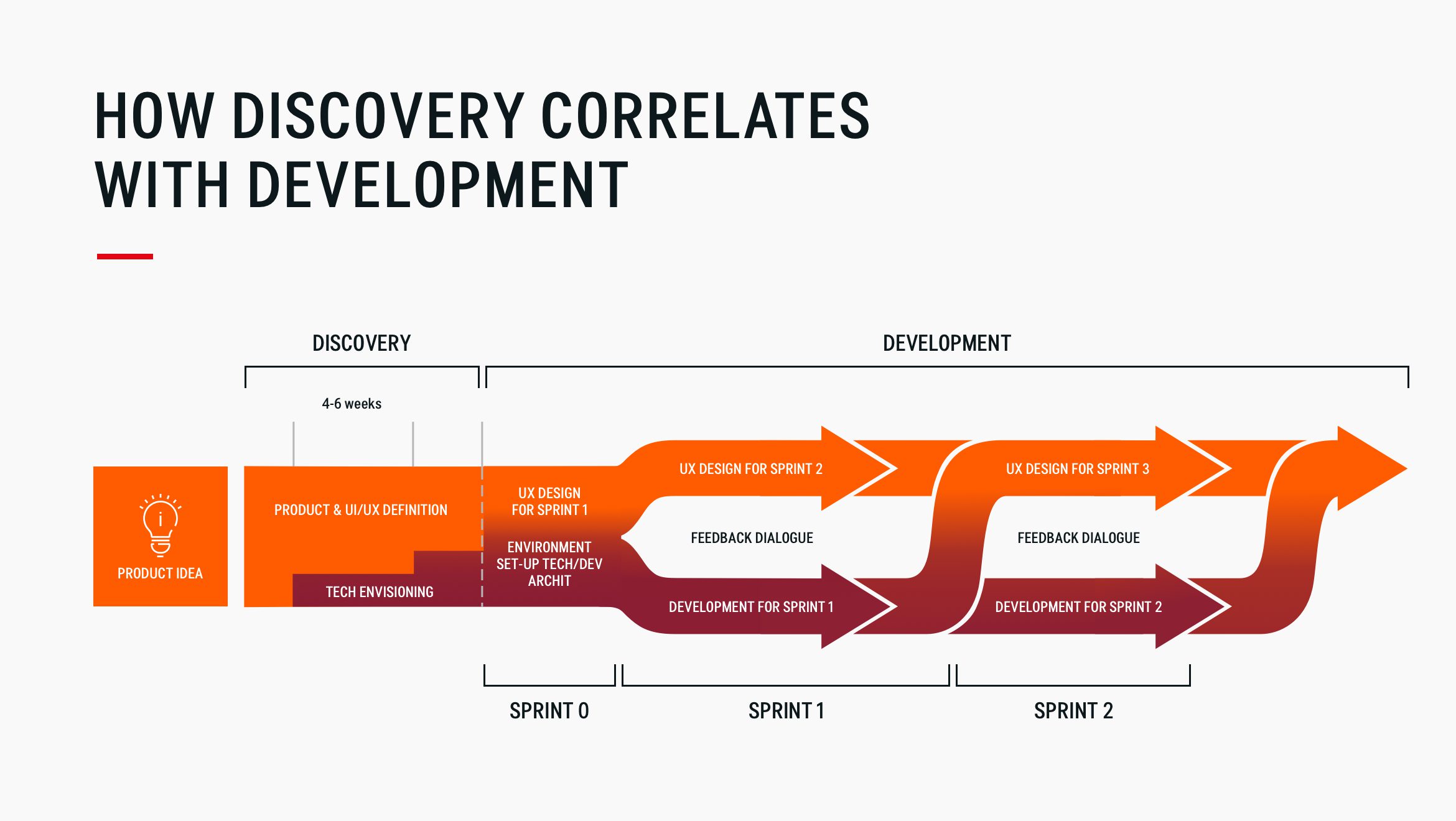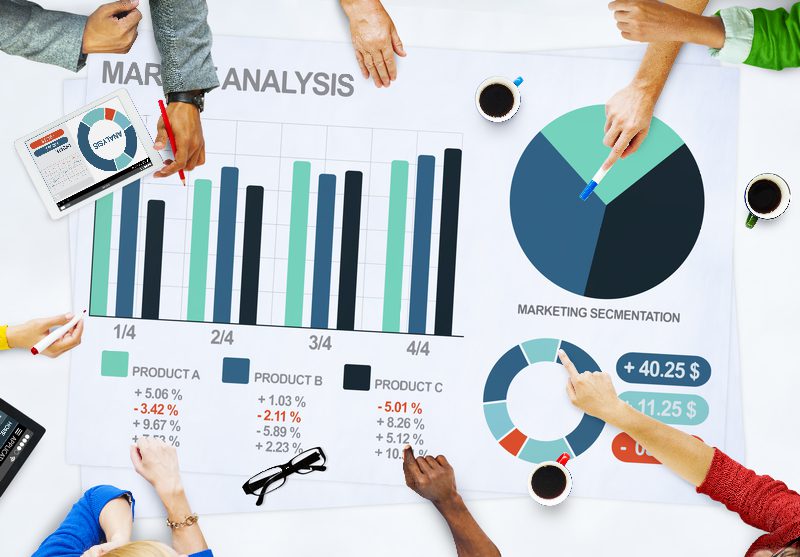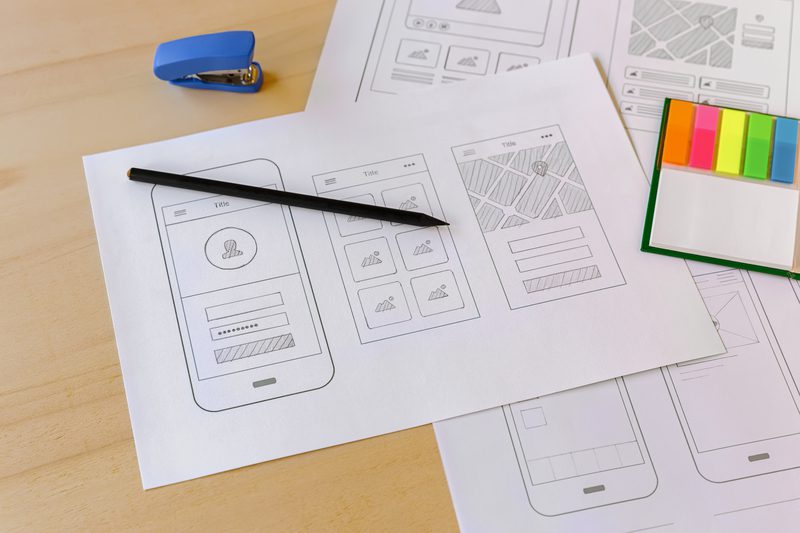What does the discovery phase mean?
Benefits of the Discovery Phase in Software Projects
Key Steps in the Discovery Phase
Tools & Methods for an Effective Discovery Phase
The duration and cost of the discovery phase by Sigma Software
Thank you for reaching out to Sigma Software!
Please fill the form below. Our team will contact you shortly.
Sigma Software has offices in multiple locations in Europe, Northern America, Asia, and Latin America.

USA

Sweden

Germany

Canada

Israel

Singapore

UAE

Australia

Austria

Ukraine

Poland

Argentina

Brazil

Bulgaria

Colombia

Czech Republic

Hungary

Mexico

Portugal

Romania

Uzbekistan
The discovery phase is a vital step in product development that can help increase your product success chances, reduce risks, increase the accuracy of your budget & time estimates, and optimize the development costs. In this article, we share details on how the software development discovery phase works, the benefits it brings, as well as highlight the discovery phase process, deliverables, team, and potential cost.
What does the discovery phase mean?
Benefits of the Discovery Phase in Software Projects
Key Steps in the Discovery Phase
Tools & Methods for an Effective Discovery Phase
The duration and cost of the discovery phase by Sigma Software
A well-done groundwork is an essential aspect of success in any venture. Before you lay the foundation and start building a house, you should create a detailed plan. In fact, this rule also applies to product development. The phase that comes before the start of the software development project is called the discovery phase and is crucial to the success of any product. The discovery phase process is aimed at transforming the idea of a product into a set of assets sufficient to start product development thus increasing the odds of product development and market success.
Some companies skip the discovery phase in a project, thriving to launch the product on the market as early as possible. However, such an approach increases the risks of facing hidden complexities and technical blockers late in the process or delivering features that have little value to the end-users. This, in its turn, can lead to unexpected expenses, project inefficiencies, or scope creep thus nullifying the hopes for a quick launch.
We at Sigma Software have seen numerous examples of how the discovery phase helped our clients shape a better product vision and safeguard efficient product development and launch.
The discovery phase includes a set of activities aimed at the comprehensive elaboration of a product idea, covering 4 major aspects: Product, UI/UX, Technology & Delivery.

It is vital to understand the difference between Product Discovery and Iteration Zero hence those are two absolutely different and independent activities. Product Discovery refers to the definition of the product, while Iteration Zero refers to the set-up of detailed development requirements for the first few sprints and is a part of the development cycle.
In a nutshell, the discovery phase in software development is the bridge between the product idea and its technical implementation aimed at increasing product success chances, reducing uncertainty levels, mitigating potential risks, and aligning the stakeholders over one common vision of the product.
The main benefit the product development discovery phase can bring to your company is that it helps you to:
The product vision developed within the scope of the discovery phase outlines the buying personas in detail and highlights jobs to be done. It also determines how your product will address the needs of your target audience and what features are needed to address these needs.
This vision and the analysis performed through the process of shaping this vision enable your business to better understand the goals you want to achieve by creating the product, its potential, and future outlook.
The more general description of the future product you have, the more likely it is that each of your team members will assume something different under this concept. That is why it is necessary to thoroughly work out your idea, delving into the details to align all members around a shared vision and give them a clear understanding of what the future product should be like.

Once the team members have a clear understanding of the product concept, they will be able to perform better on the tasks assigned to them, communicate more effectively, and move faster towards the intended goal.
The product vision and interactive product prototype developed during the product discovery phase can already be shown to potential users & investors allowing you to get feedback and validate your idea before the actual development. This allows you to test your product concept, adapt your vision to the end users’ needs, and start the fundraising process as early as possible. Moreover, it will help you reduce time to market (TTM) by bringing an already refined vision into development.
According to Fortunly, 18% of companies fail due to cost overruns, and the product discovery phase can help you prevent that from happening. The discovery stage provides you with an opportunity to work out all the essential aspects together with the stakeholders even before the development kicks off. It will enable you to get a detailed scope of the project that can be easily estimated, thus avoiding the situation when it turns out that the product cost becomes significantly higher than originally planned because of hidden complexities or unexpected changes in the scope.

Moreover, a clear and detailed product features set can help you optimize the budget by safeguarding that only the most viable features are included in the MVP. All nice-to-have features can be added at the later stages when the product starts getting market traction. Thus the discovery analysis performed at the beginning of the discovery phase will help you save money on further development as well as avoid numerous shortcomings and errors.
Product concept analysis performed within the scope of the discovery phase process allows you to identify obvious risks and suggest ways to mitigate them, as well as reduce the likelihood of unforeseen problems and hidden complexities popping up during product development.
This allows you to avoid the issues that may become merciless to any new product initiative, namely missed deadlines, postponed deployments, weak demand for offered product features, etc.
If you want to learn more about risk management, check out our Risk Management Checklist article.
The workflow for the product discovery phase may differ from organization to organization. However, at the end of the day, the major tasks of the discovery phase boil down to elaborating a detailed vision of the future solution covering 4 major aspects: Product, UI/UX, Technology/Engineering, and Delivery. All those tasks are aimed at:
The most typical product discovery activities include:
The first step involves a series of workshops with the CEO, business owner, or product owner. The main purpose of these meetings is to grasp an idea of the product, identify business goals, define the pain points of the target audience and ways how to solve them, as well as determine potential project scope. During this step, we usually carry out interviews, gather necessary documentation, etc.
Target audience & competitors analysis is a critical part of the discovery phase. It will help you select a niche, choose the right business model, and evaluate your perspectives. Market research enables us to define your future solution’s unique selling points, and find out the advantages & disadvantages of your product. From conducting market surveys to analyzing similar projects created in the industry, this is where you set project expectations and make your product stand out.

After we have analyzed the product idea with stakeholders and conducted the competitive analysis, we can work out the UX/UI concept which usually includes 3 aspects:

Another critical aspect of the discovery process is to define the features that would help your end-users address their needs in the best possible way and additional requirements you might have. At this stage, it’s important to document product requirements, including functional and non-functional ones.
The discovery phase helps you prioritize critical features, cut out unnecessary ones, and come up with ways to improve your idea. We recommend concentrating on core features that will help validate your major assumptions and acquire initial users as soon as possible, as well as reflect what your end-users want to see in the product.
At this point, we can draw up a detailed product vision that describes the product we want to create and the roadmap describing how this product will evolve over time to reach the state envisioned. It allows you to define the timeline of product development and determine what exactly to include in the MVP.
This roadmap will highlight the diverse stages of the project and the main deliverables as well as sketch the key project milestones. You can then come up with a comprehensive dashboard that makes it easy for all members engaged in the project to follow the roadmap and stay on track with the project’s vision.
The next step is to choose the technical stack, the overall product architecture and infrastructure, the necessary structural elements, and their internal relationships. During this stage, it is important to specify technologies, frameworks, and tools that the product will be based on.
Moreover, it is a good idea to highlight significant areas that need additional focus in implementation and create a technical product model based on what has been identified as the most optimal architecture design.
Another essential step in the product discovery phase is the in-depth budget estimation and the creation of a comprehensive timeline. Given the high likelihood of changing and adapting product requirements based on market feedback, it makes sense to focus more on the MVP scope implementation, keeping the long-term development budget at the ballpark level.
In our practice, we recommend conducting a precise effort and cost estimation for 3-6 months of solution development as well as a rough effort & cost estimation for foreseen solution development. This will allow you to plan the budget and look for investments for short-term development and potentially understand what the launch of the product will cost in the long term.
Based on this assessment, the composition of the team is planned and a precise timeline for 3-6 months of development is formed.
It’s important to have a proper toolset to make the entire discovery phase go smoothly, ensuring well-defined business goals and an effective iterative process. You can select any tool or methodology that aligns with your organizational needs, yet we’ll share the ones that helped us at various business cases.
Business Model Canvas serves as a foundational instrument for clarifying business objectives. It helps visualize and plan core aspects of a business, including customer segments, value propositions, channels, revenue streams, etc. Also, the tool provides a holistic view on a single page, allowing for a shared understanding of the business model.
User interviews & surveys help gain knowledge of user needs, pain points, and motivations. Those provide quantitative data from a larger audience to validate assumptions and identify trends.
Prototyping Tools like Figma, Sketch, and Adobe XD become handy when you turn ideas into representations. They enable rapid creation of wireframes, mockups, and interactive prototypes, allowing stakeholders and users to visualize and test concepts early in the process.
Agile & Lean Methodologies integrated throughout the discovery phase ensure flexibility and efficiency. Agile focuses on iterative development, continuous feedback, and adapting to change, while Lean emphasizes maximizing value and minimizing waste.
A set of deliverables may differ depending on your business needs, product complexity, industry, etc. Whether you do it yourself or involve an outsourcing company, it is always a good idea to ensure that the deliverables you get as the discovery phase output include the artifacts covering Product, UI/UX, Technology, and Delivery aspects of your future solution. The set of deliverables we normally provide includes:
The discovery phase can last from 2 to 6 weeks, depending on the complexity of the project and the depth of analysis. Either way, it is essential to work through all 4 aspects (Product idea, UX/UI design, Technology, and Delivery) to launch a successful product.
We recommend running a full discovery analysis to make sure everything is ready for product development. However, in case you have already covered some of the aspects (e.g. Product and UX) and are 100% sure those are done in full, you can exclude those from the discovery phase and focus on Technology and Delivery ones.
In general, the Technical & Delivery discovery takes from 2 to 4 weeks depending on the depth of the study and allows you to get architecture and infrastructure visions,tech stack and tech excellence recommendations, as well as 90% precise estimates for 2 sprints in the basic discovery analysis and for 8 sprints in the deep discovery phase. As for the full product discovery (covering all 4 aspects), it usually takes from 4 to 6 weeks depending on the discovery depth.
As concerns the cost, it can vary greatly from provider to provider and depends on the complexity of the project, the form of cooperation, the supplier’s area of responsibility, and the pricing model. At Sigma Software, the discovery phase cost typically ranges from $15,000 to $30,000, depending on the aspects covered and on whether you opt for the basic or deep discovery services.
Over the years of supporting start-ups and enterprises with product development services, we have learned that success is not only about the idea behind the product but also about its proper implementation. Even though our clients work in different business verticals, have different scales, processes, and goals, the product discovery phase has proven itself as an effective method that helps to develop a product in a predictable manner.
It makes sense to invest some time and budget into product discovery and lay a solid foundation for sustainable business operations in the future.
Our team provides a full range of discovery phase services for product development, diving deep into your product idea & context and delivering efficient discovery consulting. Contact us and we will consult and guide you throughout the entire product discovery process.

Andrii's expertise primarily encompasses the Healthcare industry. Bolstered by extensive knowledge in the Information Security domain and ML/AI. Andrii Pastushok is committed to guaranteeing clients receive an exceptional product development experience.
Linkedin profileWhat does the discovery phase mean?
Benefits of the Discovery Phase in Software Projects
Key Steps in the Discovery Phase
Tools & Methods for an Effective Discovery Phase
The duration and cost of the discovery phase by Sigma Software


On November 27, in Lviv, Forbes AI Summit brought together entrepreneurs, technology leaders, and scientists for an honest conversation about how AI is reshapin...

The EU Data Act went live in September 2025. Its rollout across Europe has been uneven, with only a few member states having completed the national set-ups. Nev...

For years, manufacturers have been talking about the advantages of shifting to outcome-based business models. The rise of AI has made the opportunity for transf...
Would you like to view the site in German?
Switch to German